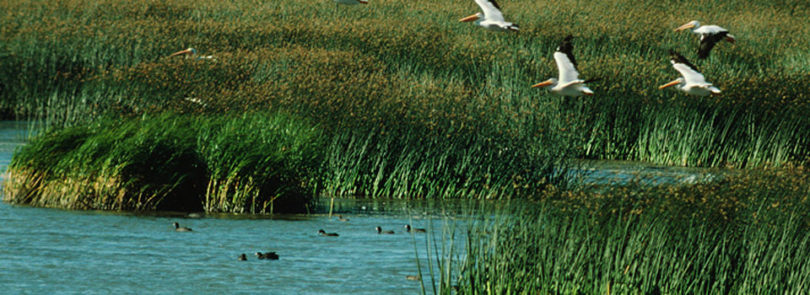The roads at Barbour Pointe-a marsh-side Savannah development of 36 homesites-are literally paved with good intentions, brick pavers laid down in a pattern that allows water to seep through and move into the soil in a benign and natural way. With similar intent, Barbour Pointe developers Gregg Bayard and Curry Wadsworth have clustered homesites to create an extensive common area, preserved as much natural vegetation as possible, installed geothermal loops for heating and cooling, created low-impact access for canoes and kayaks into an adjacent marsh creek, and provided other environment-friendly features as well.
The project is moving along. Indeed, as Wadsworth recently noted while watching a landscaping crew arrange flats of grass along one of the development’s permeable roadways, “I love it when the sod goes down. It means you’re almost done.” But now comes the hardest part-waiting to see how the Savannah housing market reacts to the sustainable features in which he and Bayard have invested so heavily. Will potential buyers reward them for their green efforts?
As if anticipating this question, two University of Georgia researchers, Warren P. Kriesel and Jeffrey D. Mullen of the Department of Agricultural and Applied Economics, just completed a study titled “Are There Incentives for Growing Green? Evidence from the Coastal Marshlands of Georgia.”
Funded by Georgia Sea Grant, Kriesel and Mullen’s investigation found that for homes within about a third of a mile of the marsh, every one percent of common space relative to the entire development boosts the price of each home by $3,300. Thus with 55 percent of Barbour Pointe’s buildable land in commons, each home’s sales price potentially supports a premium of more than $180,000. “The story,” said Kriesel, “is that people can’t seem to get enough of open space.”
This finding not only bodes well for the developers of Barbour Pointe, it also is good news for those concerned that booming coastal development will harm sensitive marsh environments. Once developers learn that it pays to preserve land adjacent to ecologically precious areas, the market might begin to do what regulation has been slow to accomplish. And the developers of Barbour Pointe went beyond just setting aside common space: they put it in a land trust. So in addition to being able to charge more for their homesites, they will reap a significant tax deduction for the charitable donation of prime marsh-side real estate.
UGA’s Kriesel acknowledges that his and Mullen’s work was inspired by a collaborative study by scientists at the National Oceanic and Atmospheric Administration, the Georgia Department of Natural Resources Coastal Division and the Georgia Conservancy. That study evaluates the economic, environmental, and social impacts of three design scenarios-conventional, new urban, and conservationist-for the development of a hypothetical piece of coastal real estate. Besides receiving poor environmental and social marks, the conventional design was clearly the least profitable for the developer, even though it generated more homes and more gross revenue.




